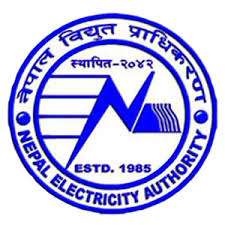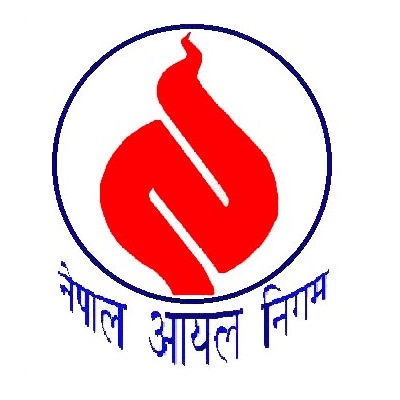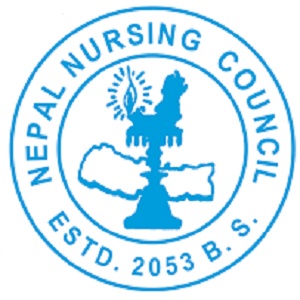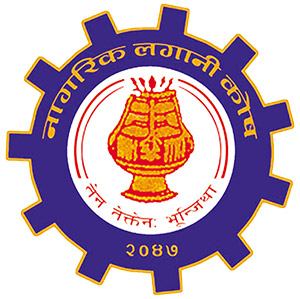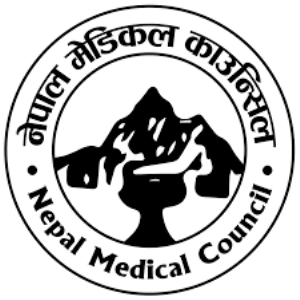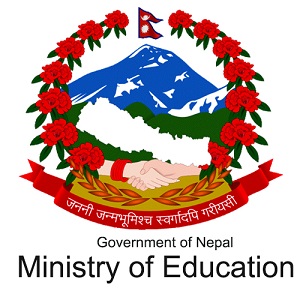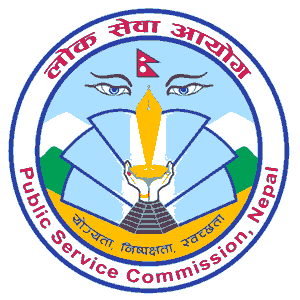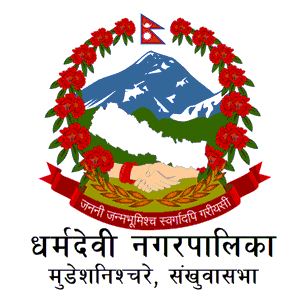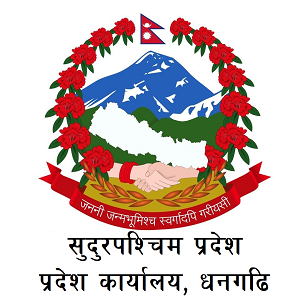Overview
On Ashad 28, 2075, the National Identity Card and Registration Department was established in Nepal. The department was responsible for distributing multi-purpose "National Identity Card / Rastriya Parichaya Patra" to establish individuals' "cash flow" and digital identity under social security. This department also established the legal right to "personal event registration," and two popular programs of the Nepal government were placed under its umbrella.

Importance of Rastriya Parichaya Patra / National Identity Card:
National Identity cards are crucial digital solutions for identity verification, especially in the modern era, where digital features play an essential role. Many countries have successfully implemented them in their respective nations. The Nepalese government announced that all Nepali citizens would receive a biometric smart card with a photograph to be used as a national identity card for elections. The National Identity Card Management Center was established as a department-level central body under the Ministry of Home Affairs on 2067/04/01.

Distribution of Rastriya Parichaya Patra / National Identity Card:
The department has created a "Strategic Plan of National Identity Card Management 2075" and "Procedures for Registration of Details of Nepalese Citizens and Distribution of National Identity Cards for the Distribution of National Identity Cards, 2075" based on various decisions of the Council of Ministers and the Ministry. In Fiscal Year 2075/076, national identity cards were distributed to the citizens of Panchthar district, and their successful implementation was tested. The Nepal government has already started the program to expand it across the country, targeting the collection of details of 10 million citizens for National Identity Card in Fiscal Year 2077/078.
Implementation of Rastriya Parichaya Patra / National Identity Card Program:
The department is undertaking the following activities to implement the National Identity Card Program:
- Collection of personal details of Nepalese citizens.
- Issuance of National Identity Cards to citizens.
- Verify citizens' details through biometric authentication.
- Integration of National Identity Cards with public services for easy access.
- Expansion of the National Identity Card Program throughout the country.
Data Collection Methods:
Verification of details:
After the operator enters the details, the verification officer should verify their accuracy. The officer should match the details entered in the system with the supporting documents submitted by the applicant. The officer should reject the application and inform the applicant accordingly if a discrepancy is found. If the details are correct, the officer should approve the application.
Issuing the National Identity Card:
Once the verification officer has approved the application, the registration officer should issue the applicant a National Identity Card. The Card should be printed with all the details entered into the system and verified by the verification officer. The registration officer should also take the applicant's signature and thumb impression on the Card.
Updating the database:
After the National Identity Card has been issued, the operator should update the database with the new applicant's details and mark the application as "issued" in the system to ensure that the Card has been issued. The database should also be regularly backed up to prevent data loss.
Periodic review and audit:
An independent team should periodically review and audit the data collection process to ensure it is transparent, efficient, and error-free. Any discrepancies or errors found during the audit should be immediately addressed, and corrective measures should be taken to prevent further mistakes.
Feedback mechanism:
A feedback mechanism should be implemented to allow citizens to provide feedback on the data collection process. The feedback should be regularly reviewed and addressed to improve the process and ensure citizen satisfaction.
FAQ Realted to Rastriya Parichaya Patra
1) What is a National Identity Card?
A National Identity Card is a multi-purpose national identity certificate based on smart card technology with electronic chips and security based on citizens' personal (demographic) and biometric details.
2) Why is a national identity card necessary?
After introducing the identity card, it must be presented to obtain any service facility provided by the state of Nepal or when requesting such a service facility. In addition, it is recognized as the primary basis for receiving public services and as proof of a person's identity, so a national identity card is necessary.
3) Which documents are required for a National Identity Card?
Complete certificate of Nepali citizenship in case of migration Full certificate of migration (permanent address mentioned in citizenship
If the address is different from that) in the case of marriage, if the name of the husband or wife is disclosed in the citizenship, the same certificate, otherwise, marriage registration, proof of marriage / complete certificate of proof of relationship.
In case the date of birth is not disclosed in the citizenship certificate, official proof of the date of birth (birth registration, educational certificate, passport, pension lease)
Other documents to confirm details
4) What qualifications are required to get a national identity card?
A national identity card is available to people who have reached the age of 16 and obtained a certificate of Nepali citizenship.
5) Do non-citizens also get national identity cards?
In the first phase, national identity cards are distributed only based on the citizenship certificate. In the second phase, seafarers, non-resident Nepalis (NRNs), and foreign citizens who have resided in Nepal for a certain period will also receive a national identity card with identification. Before starting the second phase, public notice will inform all concerned.
6) How can I get a national identity card?
A person with Nepali citizenship can register his details at the district administration office or the administration office where the national identity card details registration station is located or when the national identity card details registration campaign is conducted in his ward. After collecting the details, he can obtain a national identity card.
7) How do you fill out the form online?
The National Identity Card is available on the website of the National Identity Card and Registration Department: https://donidcr.gov.np.
You can go to the online application and complete the form according to the instructions.
9) If a person is missing one or all fingers of his hand, is biodata collected for the National Identity Card of the visually impaired?
When collecting biological details to create a national identity card, if someone is missing some or all of their fingers or is blind, the biological details are registered as a condition.
10) Question: If the date of birth is not disclosed in the citizenship, how is the date of birth fixed in the national identity card?
If the date of birth is unclear or not disclosed in the citizenship while making the national identity card, the date of birth is established based on the date of issuance of the educational certificate, pension lease, or passport or the date of issuance of citizenship. For example, if the age of citizenship is 16 years and the date of issue is 2026 Ashad 18, then the date of birth is placed on 2010 Ashad 18 in the national identity card, or if the date of education, passport, pension lease is later than 18 June, then the date of birth is calculated based on that.
11) Is it possible if the husband's surname is not on the citizenship but the husband's surname is on the national identity card?
If the husband's surname is not included in the citizenship form, it cannot be entered in the national identity card. However, if the identity card is to be made with the husband's surname, it can be included only after amending the citizenship form and adding the surname.
12) Is it possible to take photos with cosmetic makeup, hats, burqas, etc.?
According to sections 16 (c) and (d) of the National Identity Card Procedure 2078, it is not allowed to take photos of the National Identity Card while wearing cosmetic makeup, hats, burkas, and caps. Because taking photos with such items/jewelry cannot take photos of the size and quality according to international standards, and the face/facial expression may also be unclear, you have to take pictures without wearing any cosmetic makeup, hat, burqa, etc./jewelry.
13) Is submitting a national identity card necessary to get government services?
After the government of Nepal publishes a notification in the Nepal Gazette, the national identity card will come into force after the date specified. Any service facility provided by the state after the implementation of the national identity card, such as getting a passport, a social security allowance, relief and subsidy, voting, buying and selling property, registering personal events, opening a bank account, and doing business or when requesting such service facility, Identity card must be presented to get a mobile SIM card.
Overall, the National Identity Card and Registration Department plays a vital role in establishing a digital identity for Nepalese citizens through technology. The National Identity Card Program ensures national inclusion and easy access to public services. If this program is successfully implemented, Nepal can pave the way for a more digital and connected society.
Contact Details:
Rastriya Parichaya Patra / National Identity Card
Sinhadurbar, Kathmandu, Nepal
Phone: 01- 4200014
Registration Branch
Email: vital@donidcr.gov.np
Social Security Branch
Email: ss@donidcr.gov.np
Identification card
Administration Branch
Email: info@donidcr.gov.np
Hotline Phone No: 01-4200016


